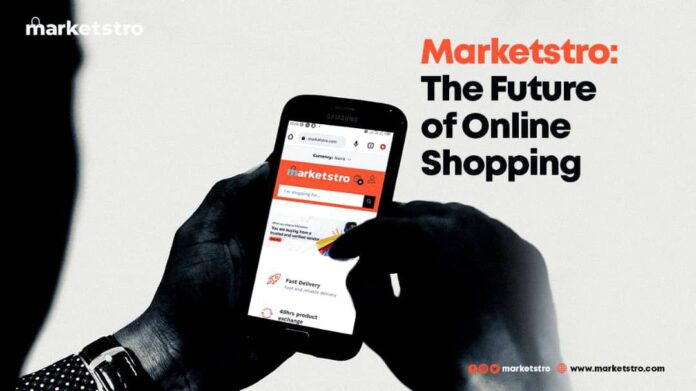According to the definition provided by the official definition, a shopping mall is “one or more buildings constituting a complex of shops representing merchandisers, with interconnected walkways enabling visitors to stroll from unit to unit.”
They serve as the unofficial cornerstone of retail economies, the lifeblood of communities, and a haven for youngsters everywhere.
The idea of the shopping mall, which originated in the United States and developed into a fully developed modern retail trend there in the years following World War II, has gained popularity in recent decades worldwide.
Asia now hosts the five biggest malls in the world. With 2.9 million square meters of space, China’s New South China Mall in Dongguan tops the list.
Despite being commonplace, the mall, as it has been imagined for the past 50 years, is at a crucial turning point.
Malls are changing how they interact with people’s lives due to a confluence of global trends.
They are no longer exclusively about shopping. Consumers today seek out experiences at malls that go much beyond simple retail therapy.
Welcome to the world of online shopping, where customers do more than just place orders. They look around and find things like they would in a local shopping center in digital malls.
So, What are Digital Malls?
A digital mall also called an online mall, is a simulation of a real-world retail center.
Most vendors list their products on that digital platform or a selection, and users who use online payment can quickly view or order certain products.
Digital malls provide an omnichannel experience by combining the most significant aspects of offline and online shopping.
The idea of digital malls presents a chance for vendors to grow their customer base.
Many businesses have begun to make up for the lost sales from the COVID-19 outbreak due to digital malls.
What it Means to Run an Online Mall
An online mall is a website or app that facilitates electronic commerce and allows customers to browse a selection of goods or services before making a purchase.
An example of an online mall would be a physical store that advertises and sells its merchandise online. Customers may peruse the merchandise and view options like color and size in person and online.
Marketstro is an eCommerce storefront explicitly created for African businesses. It is a digital mall where customers may communicate with dependable sellers to bargain over pricing and purchase goods at market rates.
For their customers to find them on a platform other than social media, Marketstro, a digital mall designed explicitly for the needs of social media vendors, offers social media vendors an alternative: an SEO webstore where they can post their goods and services as well as the contact information for their company.
Additionally, the vendors are given a credibility boost thanks to the verification procedure, which provides clients with peace of mind when purchasing from them.
Additionally, they advertise (paid promotion) their website daily on various media, improving visibility for vendors with digital shops.
Since most vendors cannot afford daily advertising, vendors on their platform take advantage of this benefit.
Bottom Line
The stores may benefit significantly from the user insights the online mall provides. Based on the actions of their customers, they can alter their inventory and offers.
Through loyalty programs, vendors may keep customers for an extended period.
Vendors can use technical skills to create or administer the online versions of their mall storefronts.
They can receive advice from the professionals who built the digital mall on the most straightforward ways to handle inventory and delivery.
Are you ready to operate your store online? We are here to assist you.
Contact us today at Marketstro.


